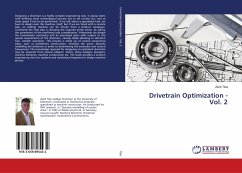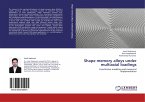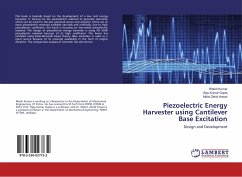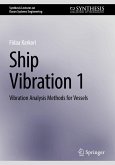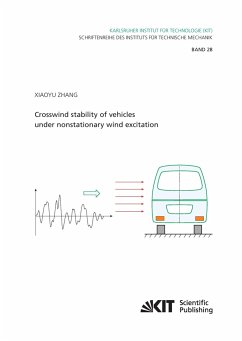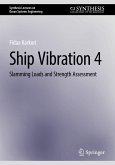The conclusion that one would like to make from a successful vibration test is that the component will endure a truck lifetime with a certain high probability. In reality truck components work under multiaxial loads meaning that the excitation is multiaxial. While the 3-Dimensional shakers are expensive to be used to simulate the real multiaxial vibrations, the testing equipment is normally a table that can be vibrated by Swept Sine Excitation or Stationary Random Vibration in merely one direction. Since the real vibration that a component is subjected to is a 3D-vibration, using uniaxial excitation leads to simplification of vibration testing. A common method to account the multiaxial effect is to apply a safety margin to the uniaxial test results. Since the generated stress response in the component can be uniaxial or multiaxial the big obstacle will be how to quantify the stress level. The aim of this work is to find a safety margin between the uniaxial and multiaxial test by means of virtual vibration testing and statistical methods. The effect of the fixture's stiffness, a testing table for instance, on the generated stress in components will be another objective of this book.
Bitte wählen Sie Ihr Anliegen aus.
Rechnungen
Retourenschein anfordern
Bestellstatus
Storno



